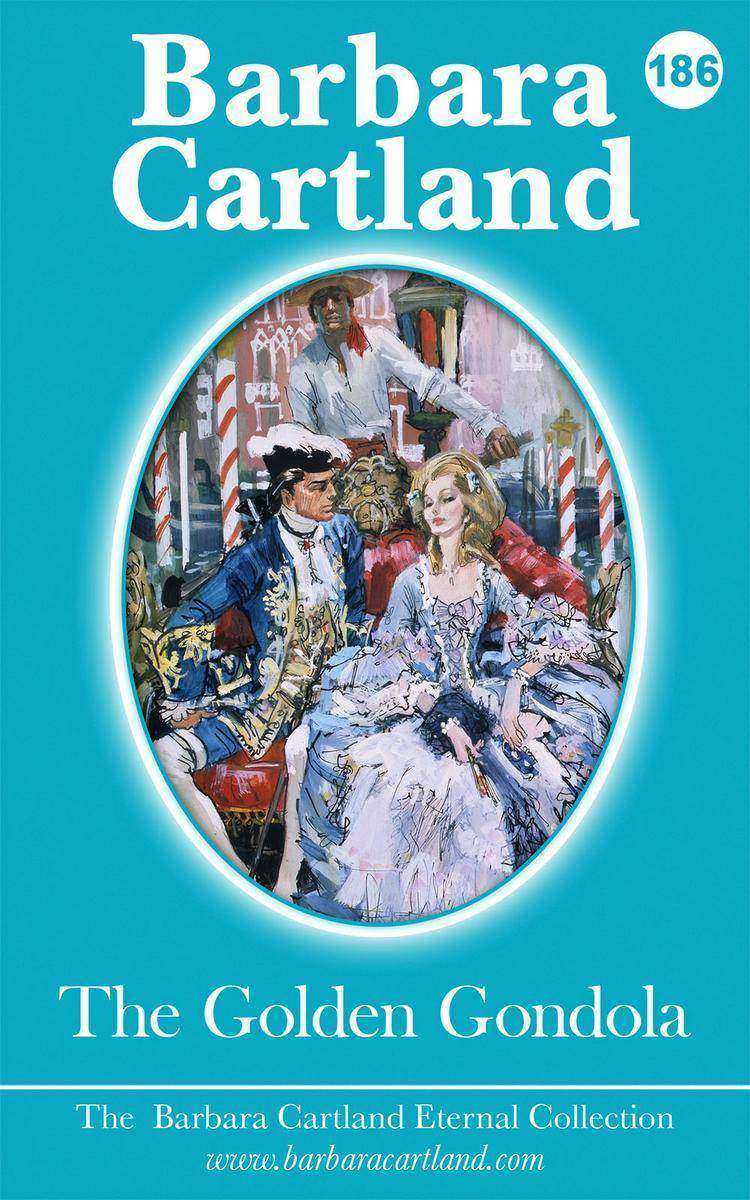
The Golden Gondola
¥52.40
The beautiful but innocent Paolina Mansfield almost loses her life when the ship that she is a passenger on is tragically wrecked in a storm off the coast of Italy. All aboard, including her father were lost, except just for herself and her handsome rescuer, Sir Harvey Drake, who is a descendant of the famous Sir Francis Drake himself. Already reduced to the point of penury by her father’s addiction to endless gambling, Paolina now has nothing left in her life and no family or friends to come to her aid. But Sir Harvey, by his own admission a ‘gentleman adventurer’, devises a grand plan for her that would save them both, as he also has many financial problems of own in Endland. As Paolina is so beautiful and captivating, he intends to marry her off to a wealthy suitor in Italy and share the resulting riches with her.? Presented to the highest echelons of Venice Society as his sister, Paolina’s demure beauty instantly bewitches some of Venice’s most illustrious and eligible gentlemen and she is overwhelmed by amorous approaches especially from the sinister and extremely rich Duke of Ferrara. Yet she is deeply unhappy. Because it seems that Paolina is condemned to marry someone she does not and cannot love and she has already lost her heart to her swashbuckling but penniless saviour.
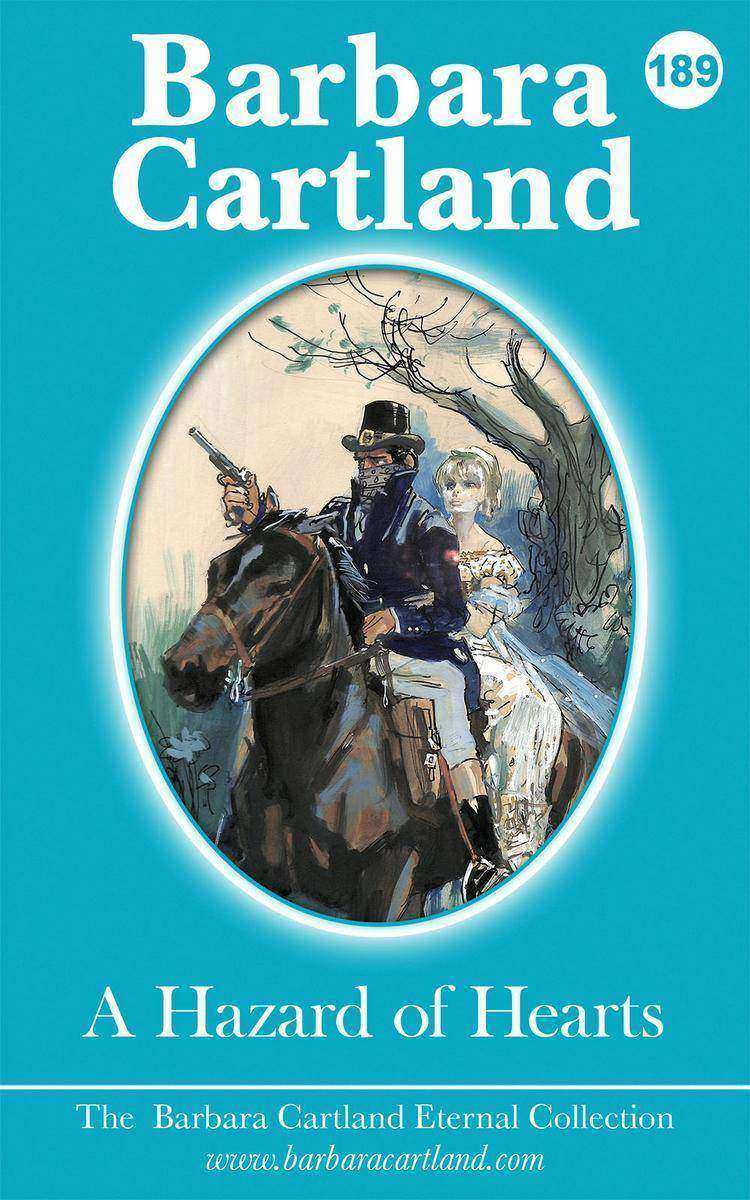
A Hazard of Hearts
¥52.32
Widowed Mrs. Mansforde and her younger daughter Philomena (or 'Mena' for short) are pleasantly surprised when elder daughter Lais returns unannounced to the family home. They have not seen her for an age, not even at her father's funeral. And the news she brings is not so pleasant as it seems that she too has been widowed, but already has another wealthy and prestigious husband in her sights, the highly respected Duke of Kernthorpe. The Duke, who is much older than Lais, has invited her to bring her mother to meet him, an invitation that Lais does not extend to young Mena, seeing how beautiful she has become. Mrs. Mansforde insists that Mena goes with her and then it is decided that she will pose as her mother's employed companion. Once at the Duke's Castle Mena goes for a walk in the garden and then sees a stallion and rider galloping towards her. The horse is clearly out of control and throws the rider so Mena rushes over to see if he has been hurt. He is a handsome young man and when he looks up at Mena he thinks, because she is so beautiful, that she must be a Greek Goddess. He is then most impressed when Mena calms the stallion down by talking to him in a quiet gentle voice. At the Duke's Castle love is to take each of the three women, Mena, Lais and their mother, by surprise and brings them ultimate happiness in the form of entirely unexpected suitors. And it seems that Fate has brought them together at the magnificent but mysterious Kerne Castle.
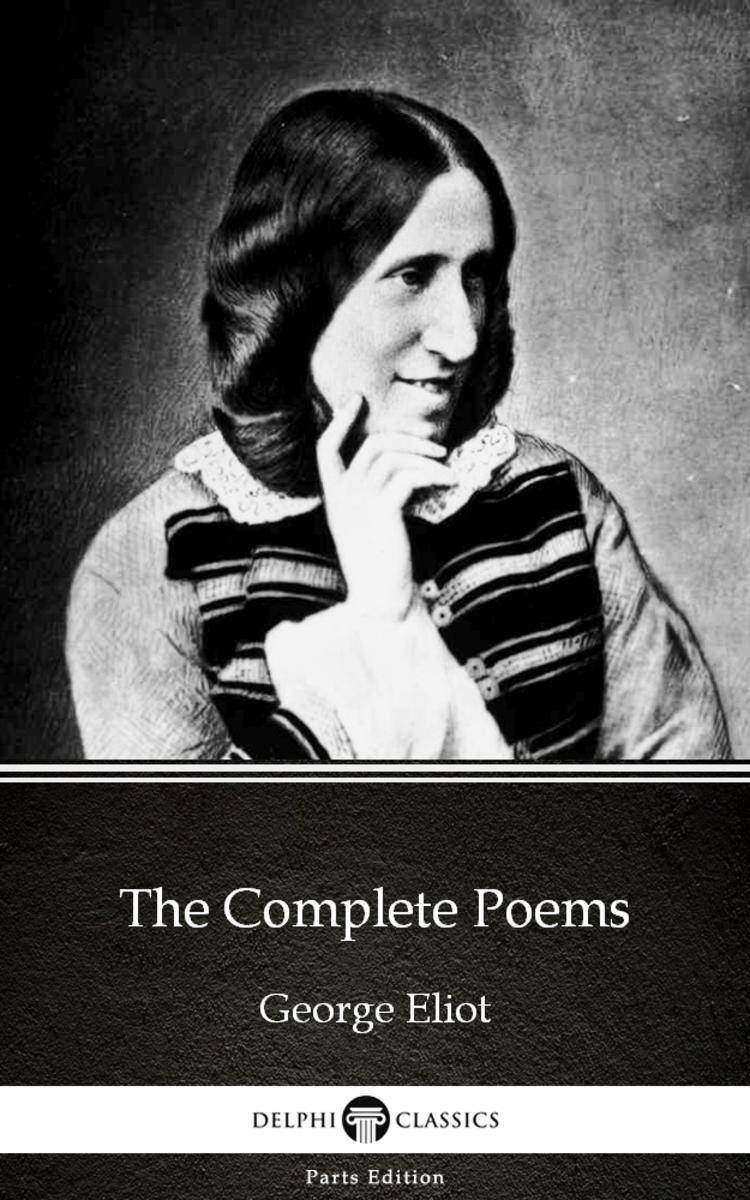
The Complete Poems by George Eliot - Delphi Classics (Illustrated)
¥8.09
This eBook features the unabridged text of ‘The Complete Poems by George Eliot - Delphi Classics (Illustrated)’ from the bestselling edition of ‘The Complete Works of George Eliot’. Having established their name as the leading publisher of classic literature and art, Delphi Classics produce publications that are individually crafted with superior formatting, while introducing many rare texts for the first time in digital print. The Delphi Classics edition of Eliot includes original annotations and illustrations relating to the life and works of the author, as well as individual tables of contents, allowing you to navigate eBooks quickly and easily. eBook features: * The complete unabridged text of ‘The Complete Poems by George Eliot - Delphi Classics (Illustrated)’ * Beautifully illustrated with images related to Eliot’s works * Individual contents table, allowing easy navigation around the eBook * Excellent formatting of the text Please visit www.delphiclassics.com to learn more about our wide range of titles
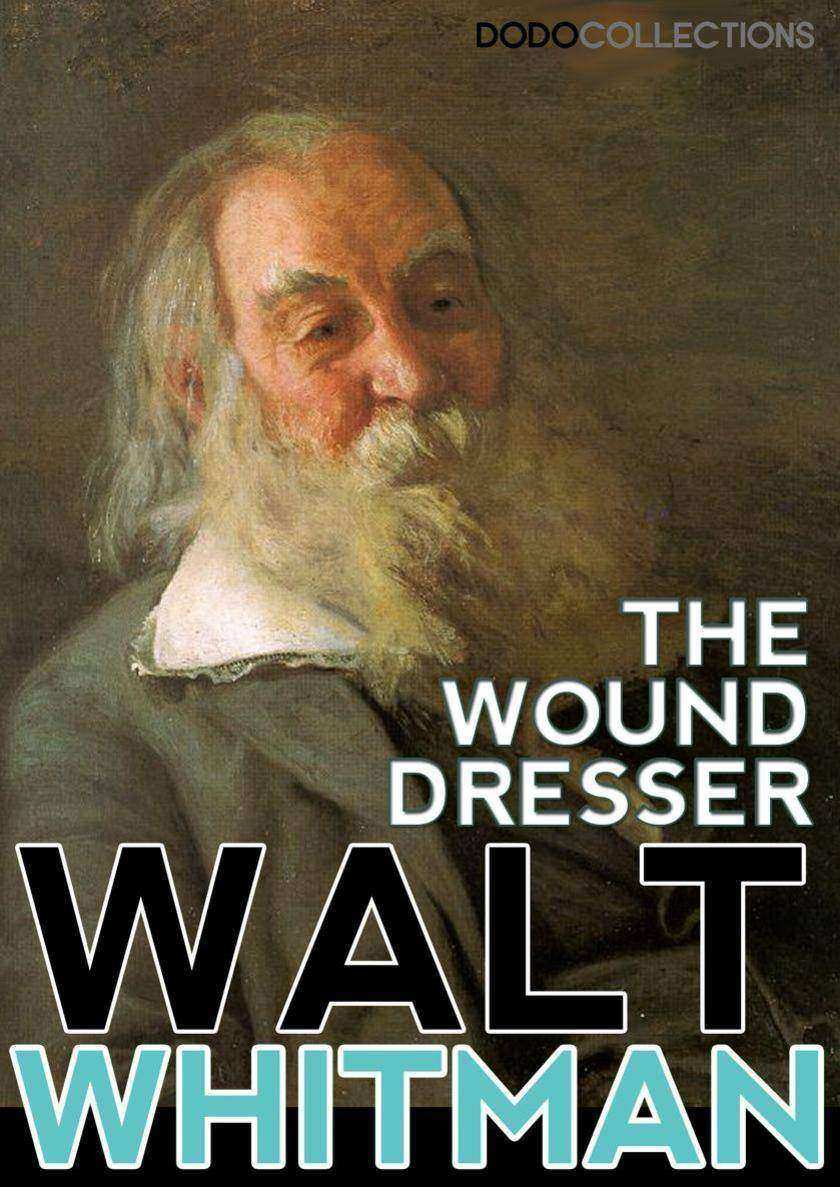
The Wound Dresser
¥8.09
Dodo Collections brings you another classic from Walt Whitman, ‘The Wound Dresser’. Walt Whitman’s “The Wound-Dresser” is a sixty-five-line free-verse poem in four sections describing the suffering in the Civil War hospitals and the poet’s suffering, faithfulness to duty, and developing compassion as he tended to soldiers’ physical wounds and gave comfort. Published at war’s end, the poem opens with an old veteran speaking, imaginatively suggesting some youths gathered about who have asked him to tell of his most powerful memories. The children request stories of battle glory, but the poet quickly dismisses these as ephemeral. He then narrates a journey through a military hospital such as Whitman experienced in Washington, D.C., during the second half of the war. Walter "Walt" Whitman (May 31, 1819 – March 26, 1892) was an American poet, essayist and journalist. A humanist, he was a part of the transition between transcendentalism and realism, incorporating both views in his works. Whitman is among the most influential poets in the American canon, often called the father of free verse. His work was very controversial in its time, particularly his poetry collection Leaves of Grass, which was described as obscene for its overt sexuality. Born in Huntington on Long Island, Whitman worked as a journalist, a teacher, a government clerk, and—in addition to publishing his poetry—was a volunteer nurse during the American Civil War. Early in his career, he also produced a temperance novel, Franklin Evans (1842). Whitman's major work, Leaves of Grass, was first published in 1855 with his own money. The work was an attempt at reaching out to the common person with an American epic. He continued expanding and revising it until his death in 1892. After a stroke towards the end of his life, he moved to Camden, New Jersey, where his health further declined. When he died at age 72, his funeral became a public spectacle. Whitman's sexuality is often discussed alongside his poetry. Though biographers continue to debate his sexuality, he is usually described as either homosexual or bisexual in his feelings and attractions. However, there is disagreement among biographers as to whether Whitman had actual sexual experiences with men. Whitman was concerned with politics throughout his life. He supported the Wilmot Proviso and opposed the extension of slavery generally. His poetry presented an egalitarian view of the races, though his attitude in life reflected many of the racial prejudices common to nineteenth-century America and his opposition to slavery was not necessarily based on belief in the equality of races per se. At one point he called for the abolition of slavery, but later he saw the abolitionist movement as a threat to democracy.
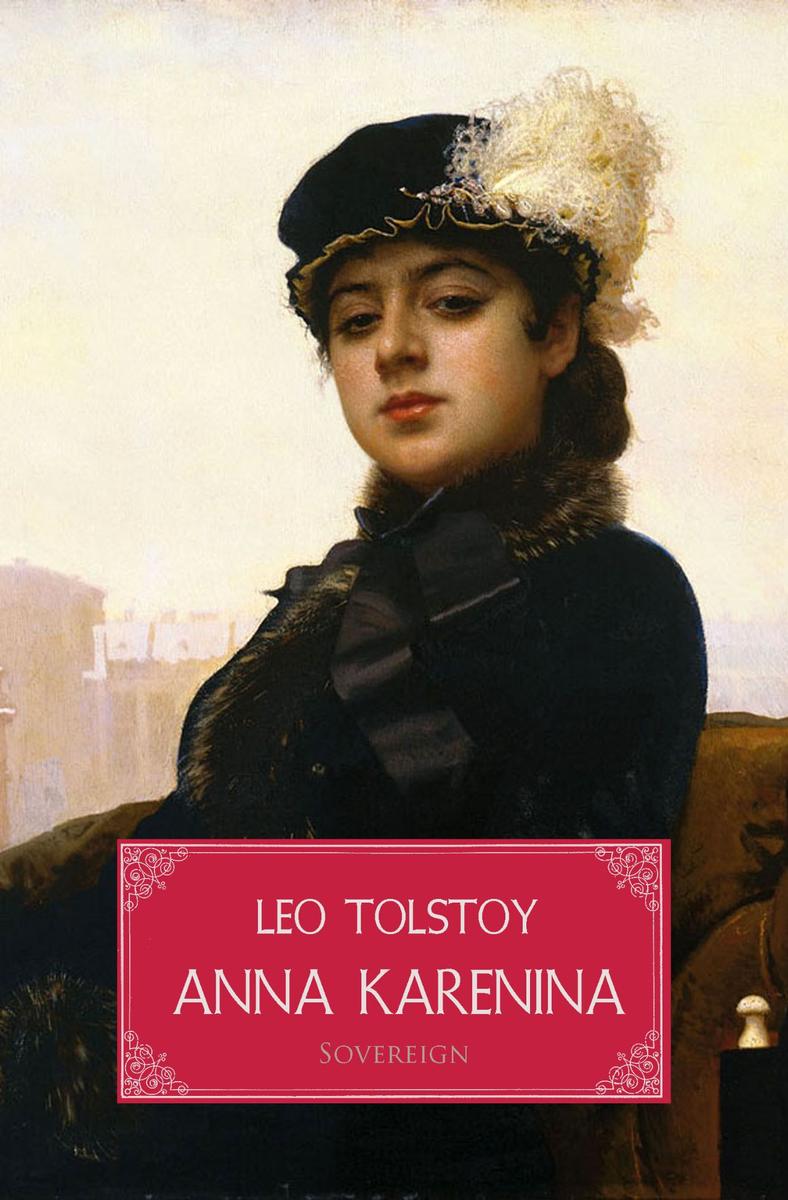
Anna Karenina
¥40.79
Anna Karenina is one of the greatest novels written by Leo Tolstoy, often credited as the pinnacle of realist fiction, and described by Tolstoy himself as his first true novel.
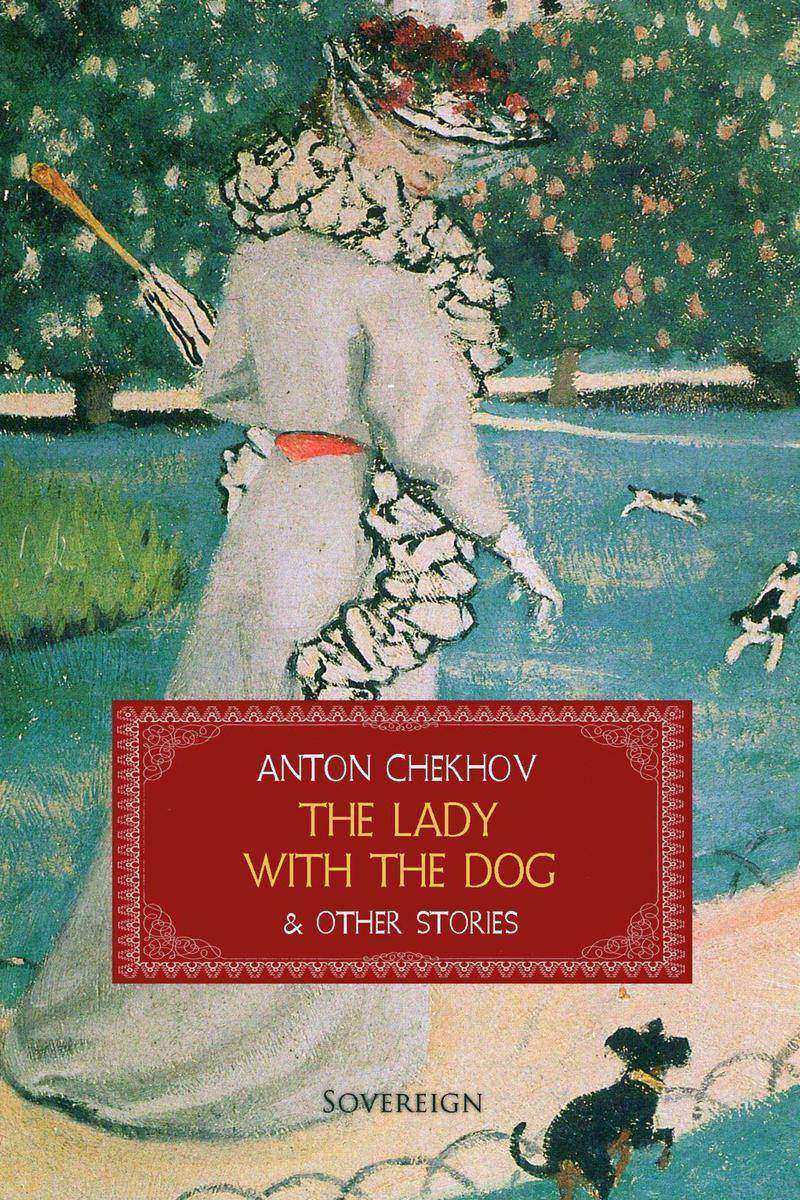
The Lady with the Dog and Other Stories
¥40.79
Praised by Vladimir Nabokov as one of the greatest stories ever written, The Lady with the Dog follows an adulterous affair between a Russian banker and a young lady he meets while vacationing in Yalta. This volume of Chekhov stories also includes: A Doctor's Visit, An Upheaval, Ionitch, The Head of the Family, Volodya, An Anonymous Story, The Husband.
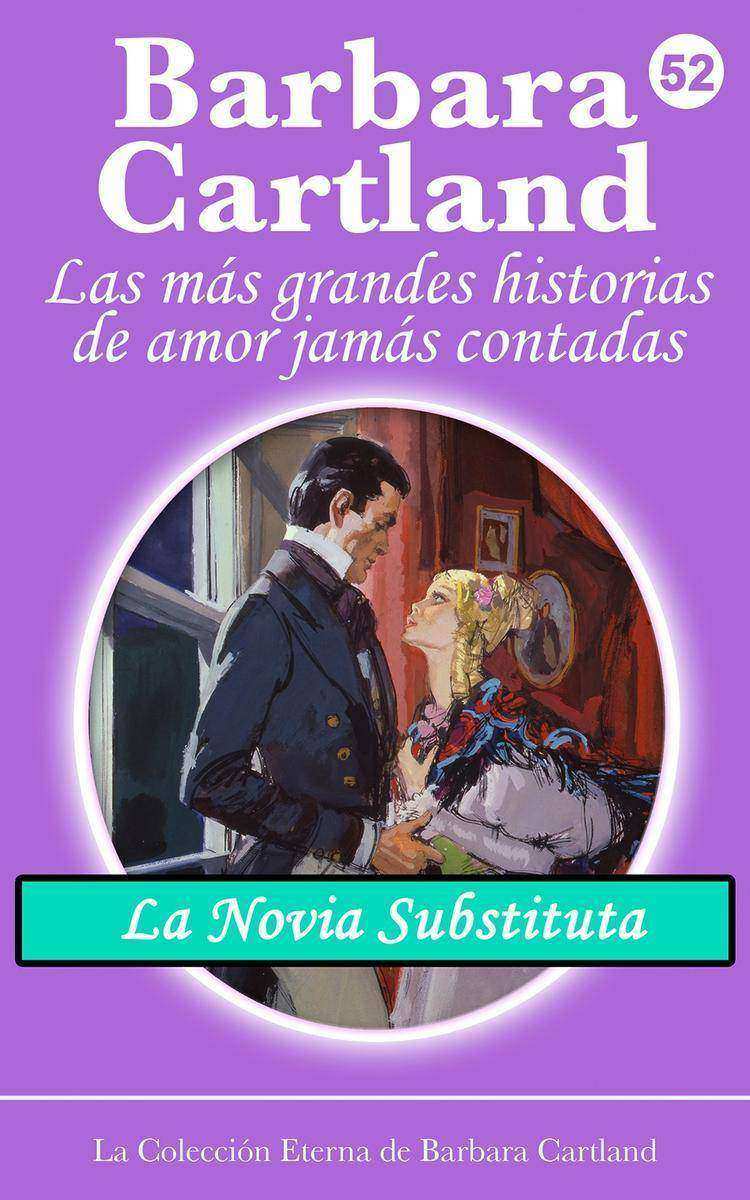
La Novia Substituta
¥40.79
El Rey se acercó a la cama de Xenia y miró su lujoso cabello rojo que brillaba a la luz de las velas y sus tiernos labios, que temblaban porque tenía miedo. "?Sabes lo hermosa que eres?" él dijo. Xenia sabía que el momento finalmente había llegado, el momento en que ella debía decirle la verdad. "?Te amo!". ?Pero él lloró antes de que ella pudiera hablar. ?l dijo: "Estoy loco… locamente enamorado … nunca en la vida so?é que me sentiría así … y tengo algo que ... decirte…" Ella lo sintió ponerse serio y lentamente lo vio retroceder. Xenia respiró profundamente… ?Cómo podría ella decirle ? Ella se decía a sí misma. ?Cómo podría ella barrer la felicidad de sus ojos? Estaba arrebatada por su amor… y sin embargo atrapada por otro destino…?

Dissertations on the English Language
¥8.09
According to Wikipedia: "Noah Webster, Jr. (October 16, 1758 – May 28, 1843), was an American lexicographer, textbook pioneer, English-language spelling reformer, political writer, editor, and prolific author. He has been called the "Father of American Scholarship and Education." His blue-backed speller books taught five generations of American children how to spell and read, secularizing their education. According to Ellis (1979) he gave Americans "a secular catechism to the nation-state." Webster's name has become synonymous with "dictionary" in the United States, especially the modern Merriam-Webster dictionary that was first published in 1828 as An American Dictionary of the English Language. He was one of the Founding Fathers of the nation."
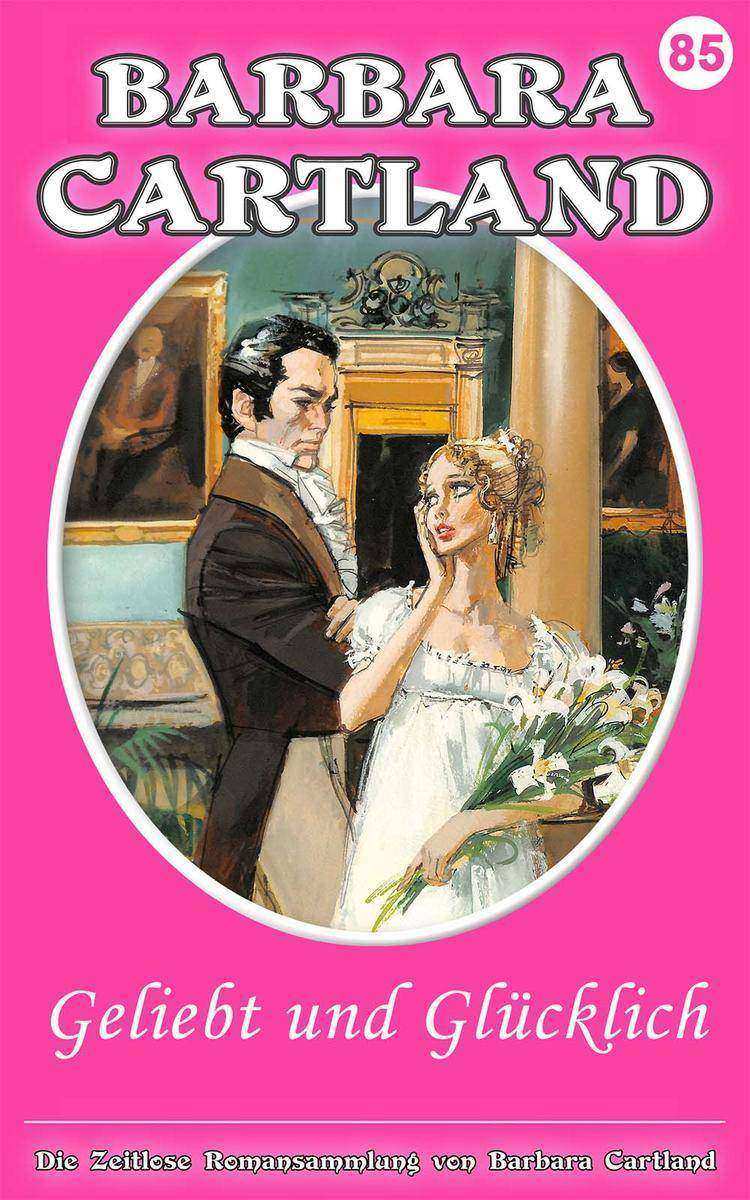
Geliebt und Glücklich
¥52.32
Gilda Wyngate befindet sich nach dem Tod ihres Vaters in gro?en finanziellen Schwierigkeiten und ist v?llig verzweifelt. Zu allem Unglück erh?lt das junge M?dchen unverhofft Besuch von ihrer egoistischen und habgierigen Schwester Heloise, die ihr zum Verwechseln ?hnlich sieht. Heloise ist fest entschlossen, den begehrtesten Junggesellen Londons, den Marquis von Staverton, zu heiraten - doch bestimmt nicht aus Liebe. Diese Einstellung befremdet Gilda sehr. Doch sie ?ndert ihre Denkweise, als sie Heloise tot auffindet-gestorben an einer ?berdosis Laudanum. In ihrer bedrückenden Notlage entschlie?t sie sich, den Platz ihrer Schwester einzunehmen.
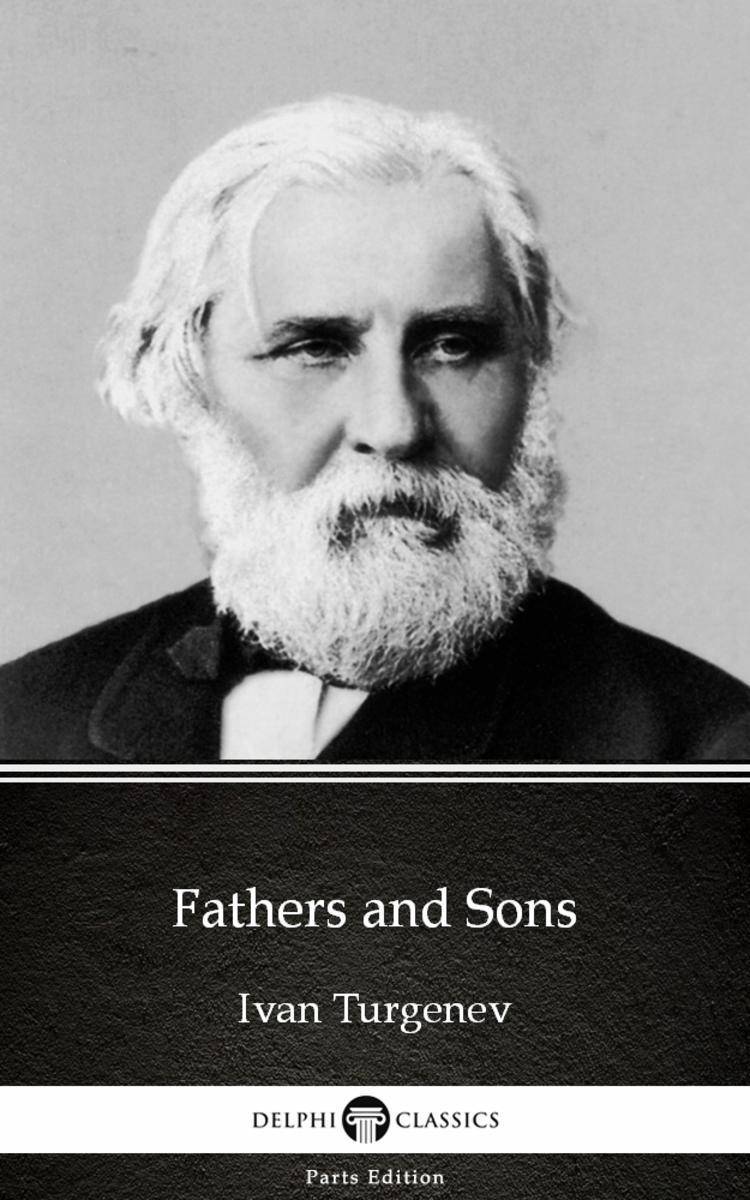
Fathers and Sons by Ivan Turgenev - Delphi Classics (Illustrated)
¥8.09
This eBook features the unabridged text of ‘Fathers and Sons by Ivan Turgenev - Delphi Classics (Illustrated)’ from the bestselling edition of ‘The Collected Works of Ivan Turgenev’. Having established their name as the leading publisher of classic literature and art, Delphi Classics produce publications that are individually crafted with superior formatting, while introducing many rare texts for the first time in digital print. The Delphi Classics edition of Turgenev includes original annotations and illustrations relating to the life and works of the author, as well as individual tables of contents, allowing you to navigate eBooks quickly and easily. eBook features: * The complete unabridged text of ‘Fathers and Sons by Ivan Turgenev - Delphi Classics (Illustrated)’ * Beautifully illustrated with images related to Turgenev’s works * Individual contents table, allowing easy navigation around the eBook * Excellent formatting of the text Please visit www.delphiclassics.com to learn more about our wide range of titles
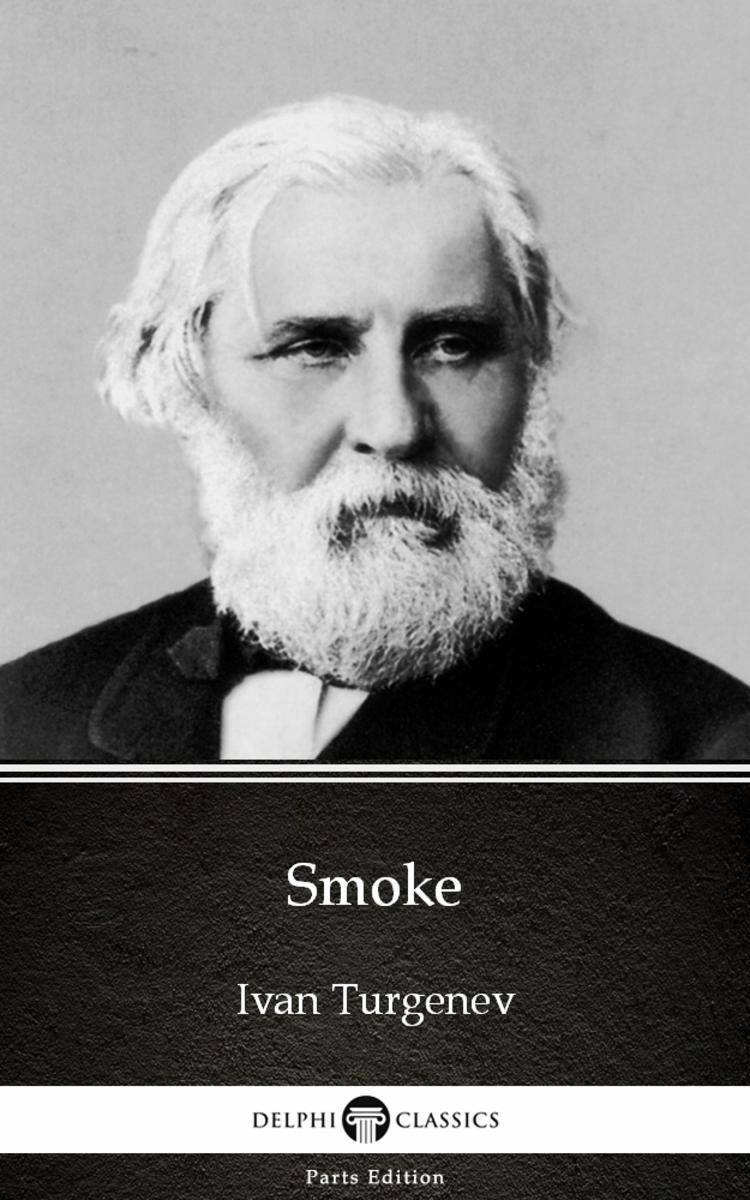
Smoke by Ivan Turgenev - Delphi Classics (Illustrated)
¥8.09
This eBook features the unabridged text of ‘Smoke by Ivan Turgenev - Delphi Classics (Illustrated)’ from the bestselling edition of ‘The Collected Works of Ivan Turgenev’. Having established their name as the leading publisher of classic literature and art, Delphi Classics produce publications that are individually crafted with superior formatting, while introducing many rare texts for the first time in digital print. The Delphi Classics edition of Turgenev includes original annotations and illustrations relating to the life and works of the author, as well as individual tables of contents, allowing you to navigate eBooks quickly and easily. eBook features: * The complete unabridged text of ‘Smoke by Ivan Turgenev - Delphi Classics (Illustrated)’ * Beautifully illustrated with images related to Turgenev’s works * Individual contents table, allowing easy navigation around the eBook * Excellent formatting of the text Please visit www.delphiclassics.com to learn more about our wide range of titles
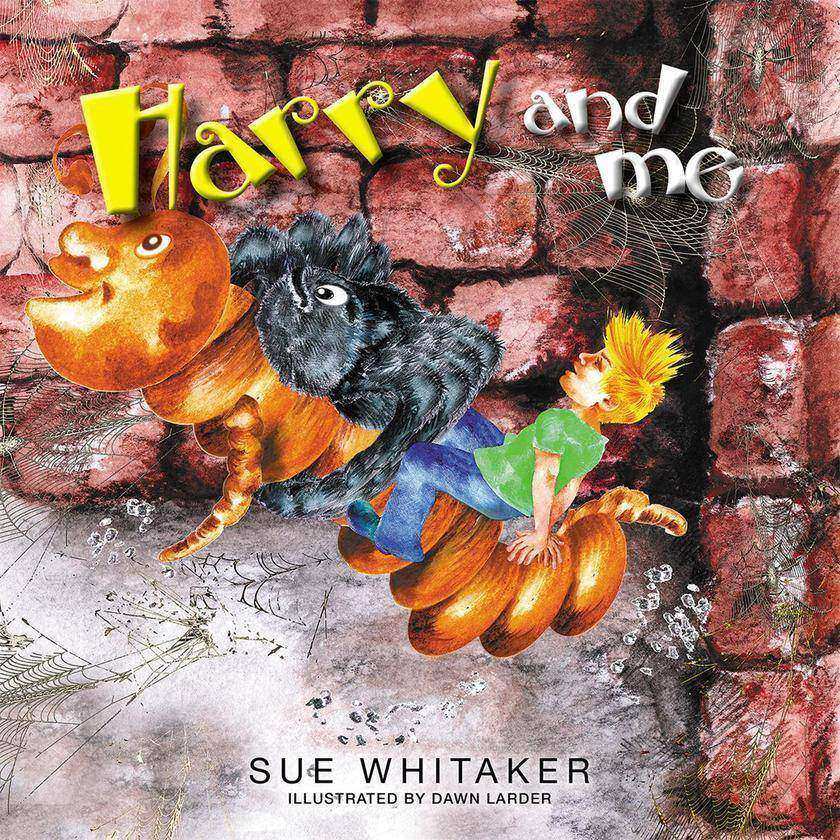
Harry and Me
¥31.07
A collection of stories featuring 7 year old Andy and his adventures with his best friend 'Harry the Spider'. This is an illustrated book educating children about the insect world in a way that entertains and removes phobias. ?
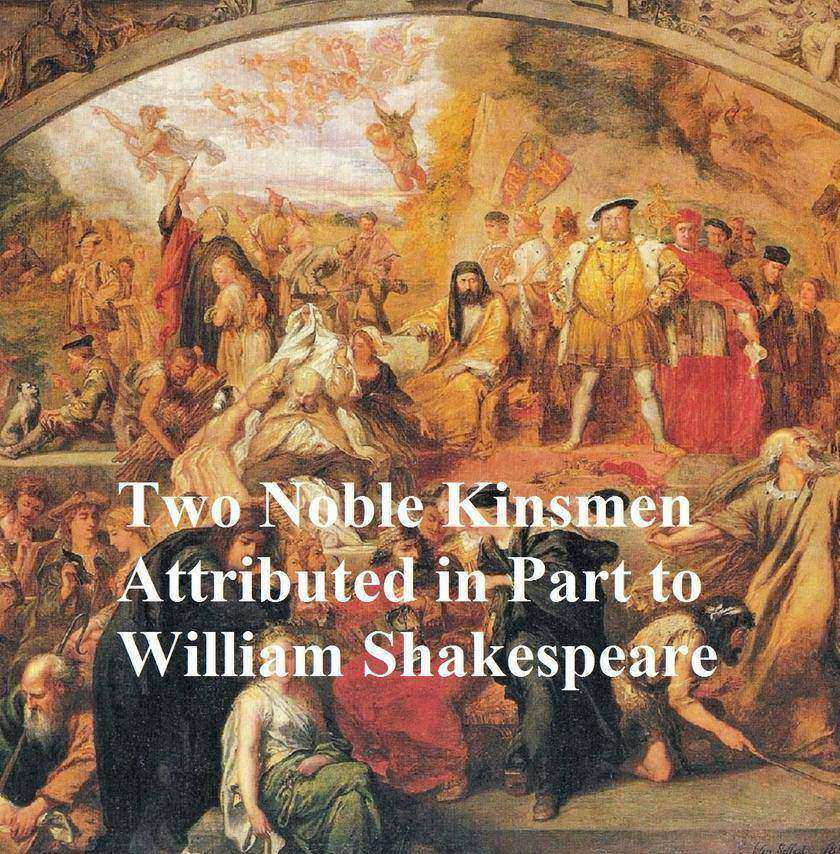
The Two Noble Kinsmen
¥8.09
Play sometimes attributed to John Fletcher and William Shakespeare. According to Wikipedia: "William Shakespeare (baptised 26 April 1564 – died 23 April 1616) was an English poet and playwright, widely regarded as the greatest writer in the English language and the world's pre-eminent dramatist. He is often called England's national poet and the "Bard of Avon" (or simply "The Bard"). His surviving works consist of 38 plays, 154 sonnets, two long narrative poems, and several other poems. His plays have been translated into every major living language, and are performed more often than those of any other playwright."

Heart of Darkness
¥40.79
In this symbolic story we follow Charles Marlow as he recounts his adventure to a group of men aboard a ship anchored in the Thames Estuary from dusk through to late night. The passage of time and the darkening sky during Marlow's narrative parallels the atmosphere of the events he narrates.
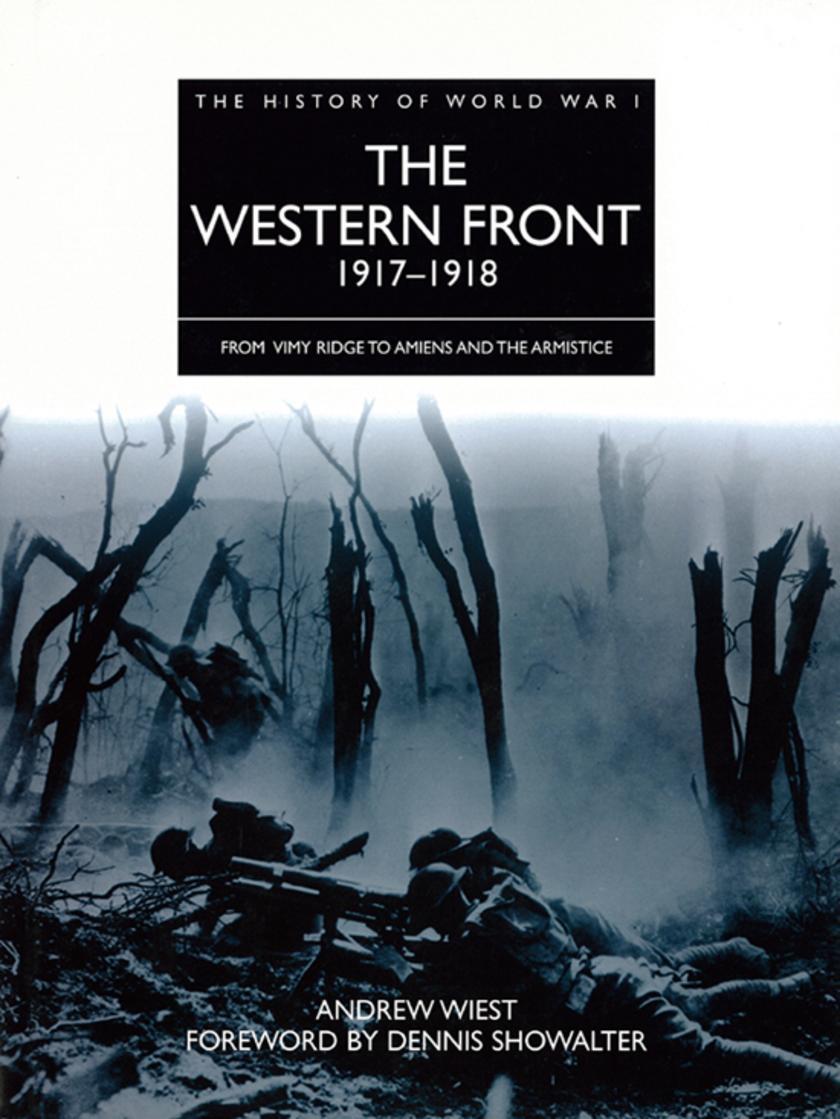
The Western Front 1917–1918: From Vimy Ridge to Amiens and the Armistice
¥81.67
The History of World War I series recounts the battles and campaigns that took place during the 'Great War'. From the Falkland Islands to the lakes of Africa, across the Eastern and Western Fronts, to the former German colonies in the Pacific, the World War I series provides a six-volume history of the battles and campaigns that raged on land, at sea and in the air. Following the climactic battles of Verdun and the Somme the previous year, the Allies sought to finish the war on the Western Front in 1917 through a major French offensive designed to rupture the German front and roll up their position. This attack was to be supported by a diversionary British offensive at Arras in the north, which would draw off both German attention and their reserves. In the event, the French offensive in Champagne failed to deliver the promised breakthrough, leaving the French Army in a state of open mutiny. While French discipline recovered, the British Expeditionary Force took on the burden of the bulk of the fighting for the rest of the year. The need for an Allied offensive to take the pressure off the French resulted in the Third Battle of Ypres, more commonly known as Passchendaele. The battle degenerated into a slaughter in the Flanders mud thanks to heavy rain, and the only rays of light for the Allies at the end of 1917 were the arrival of fresh American troops on the Western Front, and the potential for a decisive victory shown by the use of armour at the Battle of Cambrai. However the Russian Revolution brought the fighting on the Eastern Front to an end, releasing numerous battle-hardened divisions to reinforce the Germans in the west. The year 1918 saw Germany launch her Spring Offensives, desperate attempts to defeat the Allies before the Americans could arrive in force. Although these assaults came close to breaking the Allied line, they eventually petered out in the face of determined resistance and over-extended supply lines. Following the Battle of Amiens in August, the Allies pressed onwards: the British in Flanders, the French and the Americans in the Meuse-Argonne region. By September it was obvious that Germany was losing the war, and the decision was made to sue for peace before Allied troops reached German soil. The Armistice came into force at 11am on the morning of 11 November 1918, although the war did not officially end until the signing of the Treaty of Versailles in June 1919. With the aid of over 300 black and white and colour photographs, complemented by full-colour maps, The Western Front 1917–1918 provides a detailed guide to the background and conduct of the conflict on the Western Front in the final years of World War I.
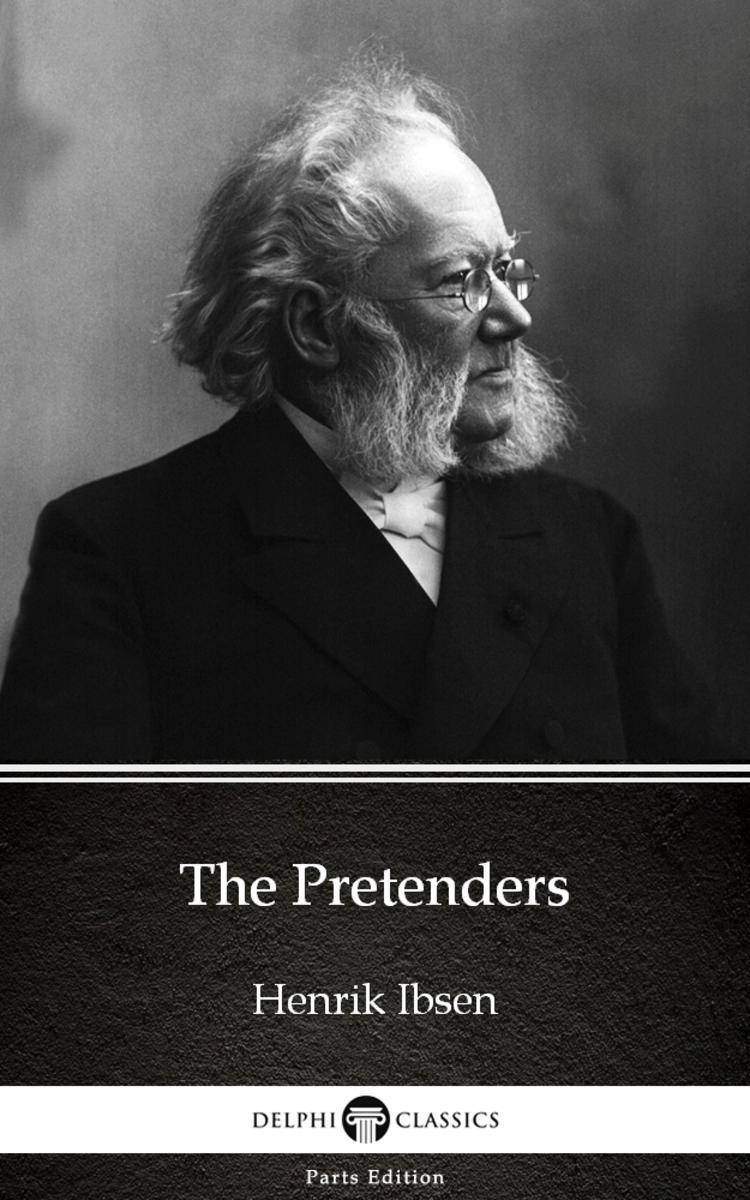
The Pretenders by Henrik Ibsen - Delphi Classics (Illustrated)
¥8.09
This eBook features the unabridged text of ‘The Pretenders by Henrik Ibsen - Delphi Classics (Illustrated)’ from the bestselling edition of ‘The Complete Works of Henrik Ibsen’. Having established their name as the leading publisher of classic literature and art, Delphi Classics produce publications that are individually crafted with superior formatting, while introducing many rare texts for the first time in digital print. The Delphi Classics edition of Ibsen includes original annotations and illustrations relating to the life and works of the author, as well as individual tables of contents, allowing you to navigate eBooks quickly and easily. eBook features: * The complete unabridged text of ‘The Pretenders by Henrik Ibsen - Delphi Classics (Illustrated)’ * Beautifully illustrated with images related to Ibsen’s works * Individual contents table, allowing easy navigation around the eBook * Excellent formatting of the text Please visit www.delphiclassics.com to learn more about our wide range of titles
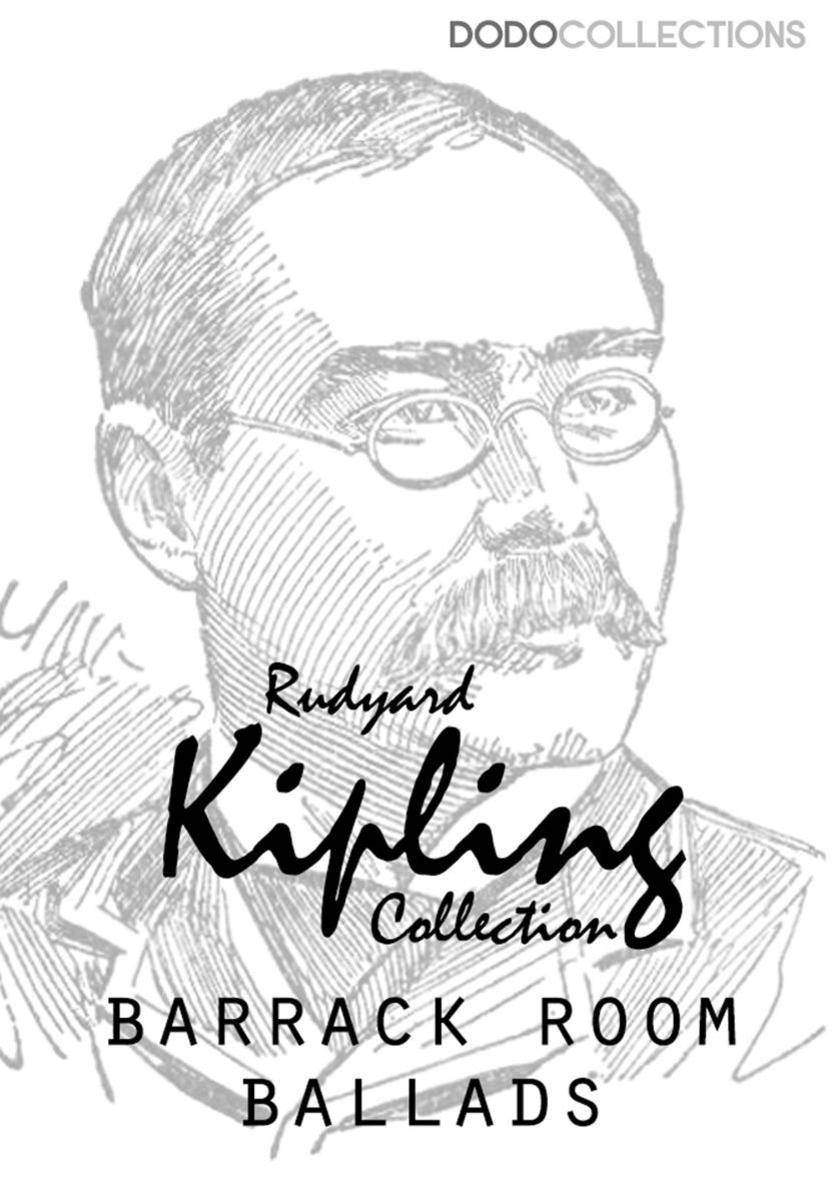
Barrack Room Ballads
¥8.09
Dodo Collections brings you another classic from Rudyard Kipling, ‘Barrack Room Ballads.’ ? The Barrack-Room Ballads is a series of songs and poems by Rudyard Kipling, dealing with the late-Victorian British Army and mostly written in a vernacular dialect. ? The series contains some of Kipling's most well-known work, including the poems "Gunga Din", "Tommy" and "Danny Deever", and helped consolidate his early fame as a poet. ? Joseph Rudyard Kipling was an English short-story writer, poet, and novelist. He wrote tales and poems of British soldiers in India and stories for children. He was born in Bombay, in the Bombay Presidency of British India, and was taken by his family to England when he was five years old. ? Kipling's works of fiction include The Jungle Book (1894), Kim (1901), and many short stories, including "The Man Who Would Be King" (1888). His poems include "Mandalay" (1890), "Gunga Din" (1890), "The Gods of the Copybook Headings" (1919), "The White Man's Burden" (1899), and "If—" (1910). He is regarded as a major innovator in the art of the short story; his children's books are classics of children's literature; and one critic described his work as exhibiting "a versatile and luminous narrative gift". ? Kipling was one of the most popular writers in England, in both prose and verse, in the late 19th and early 20th centuries. Henry James said: "Kipling strikes me personally as the most complete man of genius (as distinct from fine intelligence) that I have ever known." In 1907, he was awarded the Nobel Prize in Literature, making him the first English-language writer to receive the prize, and its youngest recipient to date Among other honours, he was sounded out for the British Poet Laureateship and on several occasions for a knighthood, all of which he declined.
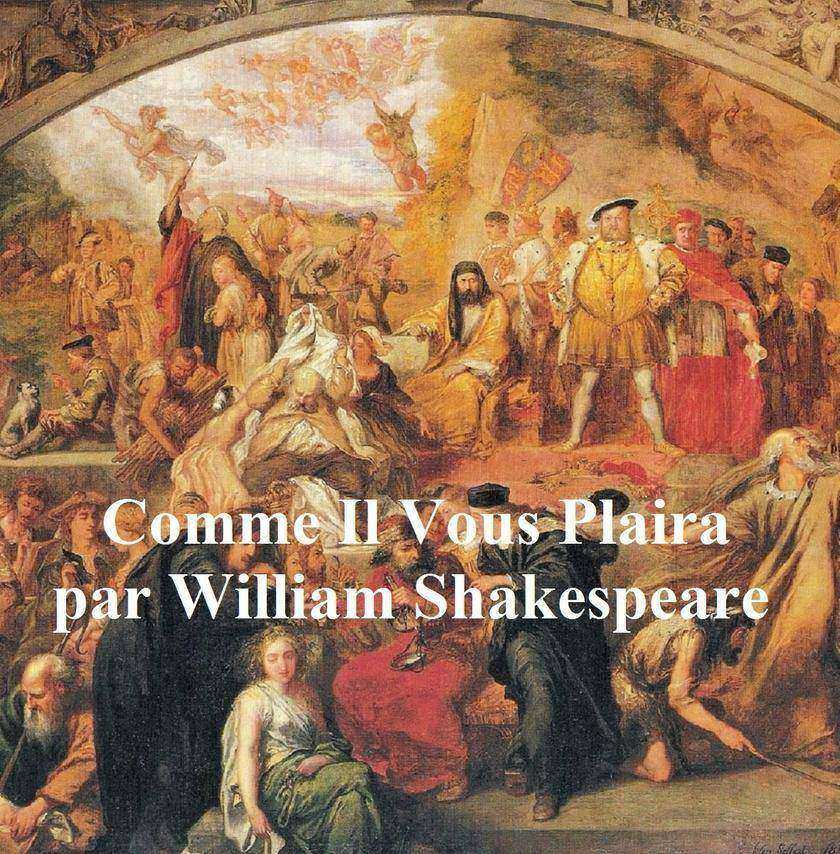
Comme Il Vous Plaira
¥8.09
Traduit par Fran?ois Pierre Guillaume Guizot (1787 - 1874), historien fran?ais et homme d'?tat. Publié en 1862. Selon Wikipedia: "Comme vous l'aimez est une comédie pastorale par William Shakespeare censé avoir été écrit en 1599 ou au début 1600 et d'abord publié dans le premier folio, 1623. La première exécution de la pièce est incertaine, bien qu'une performance Comme à son habitude, elle suit son héro?ne Rosalind alors qu'elle fuit la persécution dans la cour de son oncle, accompagnée de sa cousine Celia et Touchstone le bouffon de cour, pour trouver la sécurité et éventuellement l'amour dans la forêt de Arden."
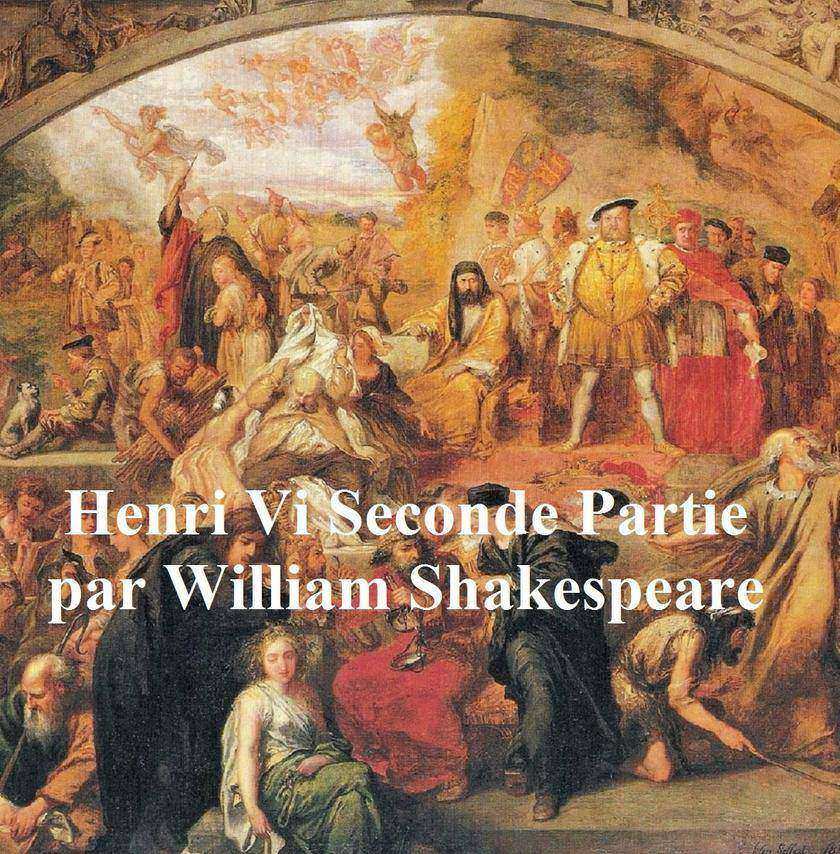
Henri VI, Seconde Partie (Henry VI Part II in French)
¥8.09
Pièce d'histoire de Shakespeare, Henry VI Deuxième partie, en traduction fran?aise. Selon Wikipédia: "Henry VI, Part 2 ou la deuxième partie de Henry le Sixt (souvent écrit comme 2 Henry VI) est une pièce d'histoire de William Shakespeare qui aurait été écrite en 1591, et placée pendant la vie du roi Henri VI Alors que 1 Henri VI traite principalement de la perte des territoires fran?ais de l'Angleterre et des machinations politiques menant aux guerres des Roses, et 3 Henry VI traite des horreurs de ce conflit, 2 Henri VI se concentre sur l'incapacité du roi à apaiser les querelles de ses nobles, la mort de son conseiller de confiance, le duc Humphrey de Gloucester, l'ascension du duc d'York et l'inévitabilité des conflits armés, ce qui aboutit à la première bataille de la guerre, la première bataille de St Albans. "
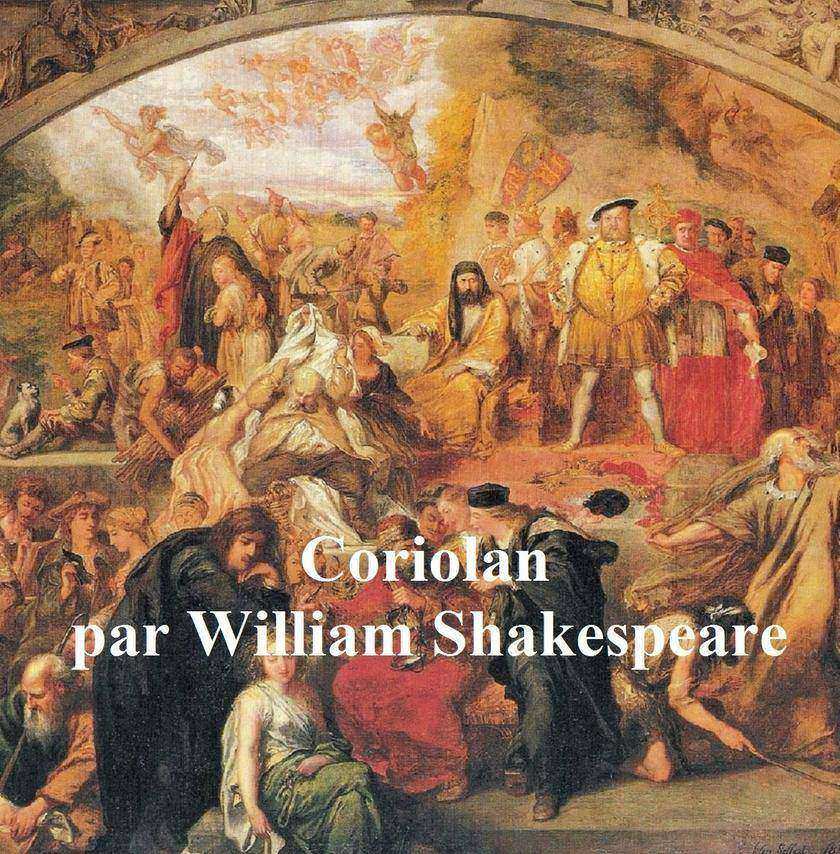
Coriolan, Coriolanus in French
¥8.09
Traduit par Fran?ois Pierre Guillaume Guizot (1787 - 1874), historien fran?ais et homme d'?tat. Publié en 1862. Selon Wikipedia: "Coriolanus est une tragédie de William Shakespeare, qui aurait été écrite entre 1605 et 1608. La pièce est basée sur la vie du légendaire dirigeant romain, Caius Marcius Coriolanus."
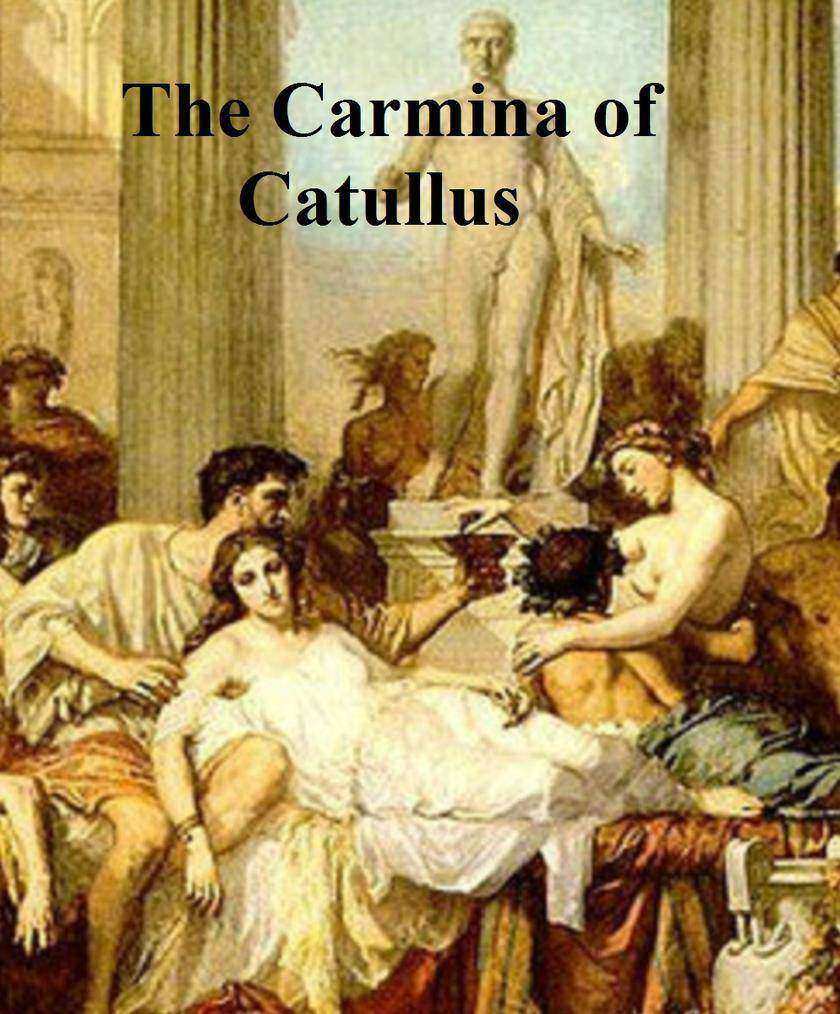
The Carmina of Catullus
¥8.09
Sir Richard Burton's racy English translation of Latin poetry. This edition includes the original Latin, plus Burton's verse translation, plus Leonard Smither's prose translation. According to Wikipedia: "Gaius Valerius Catullus (ca. 84 BC – ca. 54 BC) was a Roman poet of the 1st century BC. His surviving works are still read widely, and continue to influence poetry and other forms of art." "Captain Sir Richard Francis Burton KCMG FRGS (19 March 1821 – 20 October 1890) was an English explorer, translator, writer, soldier, orientalist, ethnologist, linguist, poet, hypnotist, fencer and diplomat. He was known for his travels and explorations within Asia and Africa as well as his extraordinary knowledge of languages and cultures. According to one count, he spoke 29 European, Asian, and African languages. Burton's best-known achievements include traveling in disguise to Mecca, making an unexpurgated translation of The Book of One Thousand Nights and A Night (the collection is more commonly called The Arabian Nights in English because of Andrew Lang's abridgement) and the Kama Sutra and journeying with John Hanning Speke as the first Europeans, guided by Omani merchants who traded in the region, to visit the Great Lakes of Africa in search of the source of the Nile. He was a prolific author and wrote numerous books and scholarly articles about subjects including travel, fencing and ethnography. He was a captain in the army of the East India Company serving in India (and later, briefly, in the Crimean War). Following this he was engaged by the Royal Geographical Society to explore the east coast of Africa and led an expedition guided by the locals which discovered Lake Tanganyika. In later life he served as British consul in Fernando Po, Damascus and, finally, Trieste. He was a Fellow of the Royal Geographical Society and was awarded a knighthood (KCMG) in 1886."




 购物车
购物车 个人中心
个人中心



